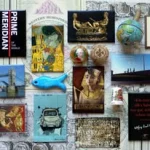When you visit Schönbrunn Palace in Vienna, you will notice a ceiling fresco by the Italian painter Gregorio Guglielmi in the Great Gallery, entitled The Welfare of the Monarchy. In its center, there is the imperial couple – Maria Theresa and Francis I – and around them the personifications of the individual countries of their empire – female figures with appropriate coats of arms and crowns.
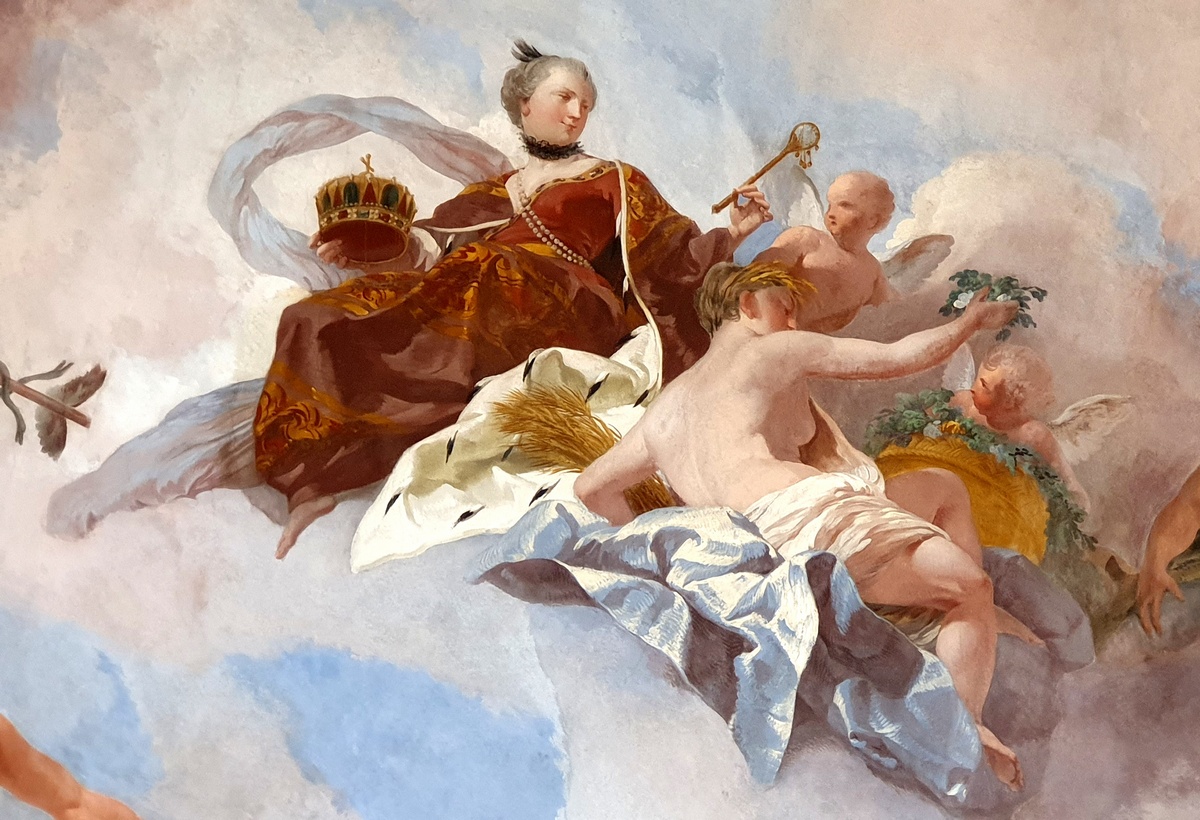
Hungary is a figure strikingly similar to Maria Theresa. She holds the Hungarian crown in her hand. It’s more than just a coincidence. Maria Theresa belongs to the other ten kings and eight royal wives who were crowned in the Cathedral of St. Martin in Bratislava, which was then called Preshporok (Slovak), Pressburg (German) or Pozsony (Hungarian).

Royal insignia
The original of the golden St. Stephen’s Crown is now housed in the Hungarian National Museum in Budapest. The crown is full of various mysteries, and it is not even clear whether the first Hungarian king, Stephen I, was crowned with it. It is made of two different parts from two different periods. Semi-precious stones alternate with plates with portraits of various saints on the golden headdress. On the front, there is a plate depicting Christ sitting on a throne between two cypresses. The upper part consists of two crossed gold bands with figures of the eight apostles.


Because the four apostles are missing, it is assumed that these parts of the crown originally adorned some other object. At the top of the crown, there is a crooked cross. Four chains ending with trefoils with set gems hang from the lower part. I had the opportunity to see a faithful copy of gilded silver, borrowed from the Magyar Nemzeti Museum for an exhibition about Charles the Great, which took place in 2018 in Zvolen (my hometown in Slovakia).


The Hungarian royal scepter is decorated with a large ball of real mountain crystal. Chains topped with gold balls hang from the gold frame. In contrast, the apple is just a simple, hollow, gilded ball of brass, in which, a golden double-armed cross is inserted. Other items that complement the coronation collection are a short and decorative sword and a cloak richly embroidered and made of brocade. The mantle is certainly the only item dating from the period of King Stephen I, who received the royal title in 1000 or 1001.
In Bratislava, not far from the cathedral, there is a plague column from 1713. You will find there a statue of King Stephen handing over the crown to the Virgin Mary to protect it.

Why Pressburg?
An appointment decree or other document is not enough for a ruler to become king. A crown must be placed on the head of this person! That is why the royal crown is so important and must be guarded very well so that no one will steal it. For example, in 1440, the widowed Queen Elizabeth of Luxembourg charged her court lady to steal the Hungarian crown from Visegrád because she wanted to crown her newborn son Ladislaus the Posthumous with it. It is said that it was during this attempt that the cross on the crown was bent.

At the turn of the 15th and 16th centuries, however, the Ottomans became the greatest threat to the crown. They successfully penetrated as far as Central Europe. When the coronation city of Belgrade (Székesfehérvár in Hungary) and Esztergom, the seat of the Hungarian archbishop, fell into their hands, the most important question was where the next coronations of the Hungarian kings would take place. Pressburg had a convenient location – protected by the Danube and not too far from Vienna. After the Battle of Mohács in August 1526, in which the Hungarian army suffered a crushing defeat by the Turks, a dual government took place in Hungary – John Zápolya ruled in one part and Ferdinand I. Habsburg in the western part, which included almost all of present Slovakia. In 1536, the Hungarian council decided that the capital of Hungary would be Pressburg and Ferdinand pushed the coronation of his son Maximilian as king of Hungary even during his lifetime.

The coronation took place on September 8, 1563, in the Cathedral of St. Martin and marked the beginning of a 267-year tradition that lasted until 1830. The first king crowned in Pressburg is commemorated by the statue on the stone fountain in the Main Square, although according to legend, it is attributed to the knight Roland. In reality, however, it is the Hungarian King Maximilian in armour who symbolically looked at the coronation processions of his followers from that place.

The fact that Pressburg became a coronation town for almost 300 years did not mean that the Hungarian crown was stored here all the time. For example, Rudolf II., known for his fondness for antiques and curiosities, took the crown to his collection at Prague Castle after his coronation in September 1572. And the 17th century was especially turbulent. Due to various riots, the crown moved to Vienna, then again to Pressburg and other cities in today’s Slovakia (also to Zvolen) and again back to Pressburg. In 1625, however, the plague spread there, and so the coronation of Ferdinand III. had to take place in nearby Sopron, making Sopron the third coronation city of the Hungarian kings. The coronation of his wife was postponed and only thirteen years later, it took place again in Pressburg. The crown jewels were kept in the castle on the 1st floor of the Crown (southwest) Tower.

Coronation festivities in the past
We can get a pretty good idea of the course of the coronations thanks to the preserved archival records and detailed descriptions of eyewitnesses. The coronation ceremony took place in the Dome of St. Martin with the participation of the highest nobles, magnates, nobles, church dignitaries and important burghers. The king wore the coronation cloak and the crown – as a symbol of the power of the sovereign ruler, whom he became by divine grace – was placed on his head by the Archbishop of Esztergom, the highest ecclesiastical dignitary of the country. The king received an anointing and then also the sword, scepter and apple. The inhabitants of the city did not get into the dome, but they were allowed to tear up the cloth that covered the streets. People often fought for the piece of the cloth, scattered coins and commemorative coins, and there were also injuries or even death by trampling.

From the cathedral, the ostentatious procession went to the Franciscan Church, where the newly coronated king dubbed selected Hungarian yeomen as knights of the Order of the Golden Spur.
Maria Theresa also stopped at the high stone pillar with the statue of the Virgin Mary at the junction of the Main and Franciscan Squares to pay tribute to her patron saint.

Then the procession continued to Michael’s Gate. It was built in the 13th century and is the only preserved gate of the former city fortifications.
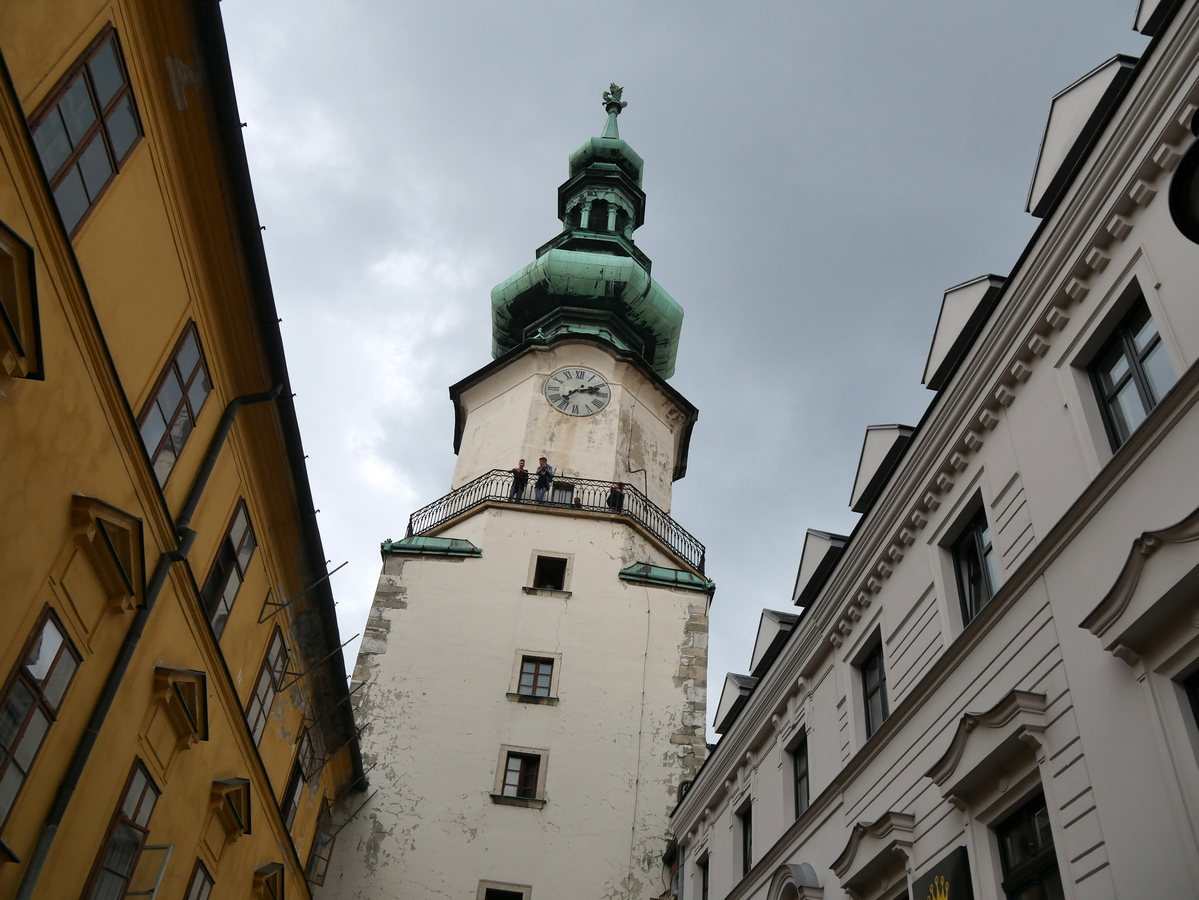
Near the gate, a podium was prepared, on which, according to tradition, the king had to swear under the open sky that he would preserve and protect the country. The next stop was the coronation hill made of imported soil from all counties of the kingdom. The king rode up the hill on his horse, drew his sword from its scabbard and drove it to all cardinal points, signalling symbolically that he was ready to protect the country from any enemy on either side. This gesture ended the official ceremonies and it was time for fun. Coronations usually took place in the last third of the year, when the crop was harvested, the grain stored in granaries and the ripe grapes were turned into wine, which was also poured from the fountains. While the nobility had fun at horse races and knights’ tournaments, the common people enjoyed roast oxen and dancing parties in the streets. The scenario of the festivities did not change much, it is interesting that Maria Theresa was held here in 1741 as king (rex), not queen (regina), so they greeted her with greetings Vivat Domina et Rex Noster!

Coronation festivities today
The glorious period of Bratislava’s history is commemorated not only by the gilded imitation of the Hungarian crown at the top of the tower of the Dome of St. Martin (which weighs about 150 kg!) but since 2003, modern coronations take place in the city.

Each year, it is dedicated to a different monarch, played by a professional actor. The coronation festivities take place during the last weekend of June. In 2020, however, due to the pandemic, it was mid-August. All photos are from this event.


The program was also reduced due to the pandemic. On the eve of the coronation, we attended a concert in the cathedral, where Mozart’s Coronation Mass and Te Deum were also played. Both compositions were part of the coronation ceremony in the past.

The interior of the dome was modified several times. You can see the original sculpture of St. Martin by the famous sculptor Georg Rafael Donner, once part of the main altar. The angels worshipping the saint as well as some of the ceremonial objects are in Budapest today. In addition to the crown at the top of the tower, the crown in the filling of the colorful window behind the main altar and the list of crowned kings and queens on the wall to the left of the altar also recall the famous history of coronations.

The building of the Primate’s Palace, the former residence of the archbishop, is also connected with the coronation festivities. The kings stayed here (or in the castle) during the ceremony and a coronation feast was also held here.

The next day, long before the procession began, many curious people gathered around the castle, many with paper crowns on their heads.

The central figure of the procession was King Matthias, who had been crowned here in 1608. He was accompanied by nobles and court ladies, church dignitaries, armour- and halberd-bearers, trumpeters, drummers and other figures in beautiful old costumes. Charming ladies were carrying the coronation cloak and three esteemed yeomen carried the crown, scepter and apple on the pillows.



The procession set out from the castle to the old town along a historic route marked by 170 brass stars set into the sidewalk.
A photo-video point was opened in the Michal’s Tower, where visitors could take photos or record a video in an old costume with coronation insignia, and thus become part of this historical scene.

Under normal circumstances, the program also includes knights’ tournaments, theater and music performances. In the city, there are stalls with handicrafts, culinary delicacies, etc.

The coronation festivities in 2021 will take place on 13-15. August to commemorate the coronation of Maria Theresa.
Current information about events in Bratislava can be found at: www.visitbratislava.com
More about coronations: www.korunovacie.sk
Many thanks to Bratislava Tourism Board for the invitation to this event.

Text: © Copyright Ingrid, Travelpotpourri
Fotos: © Copyright Ingrid, Travelpotpourri
Hlavné námestie, Vnútorné mesto, Historické jadro, Bratislava - mestská časť Staré Mesto, okres Bratislava I, Bratislava, Bratislavský kraj, 811 01, Slovensko

 TRAVEL
TRAVEL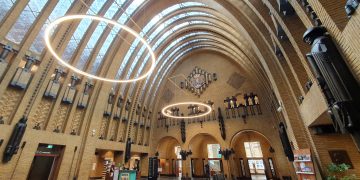
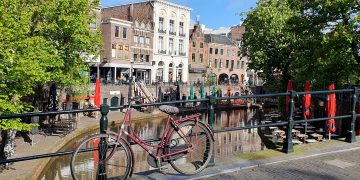

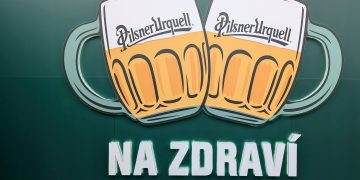
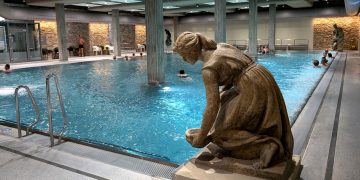

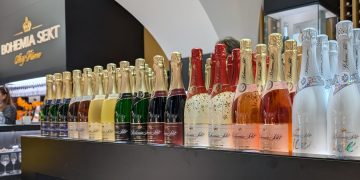
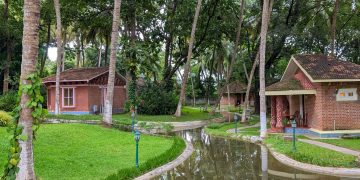
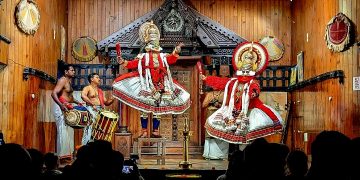
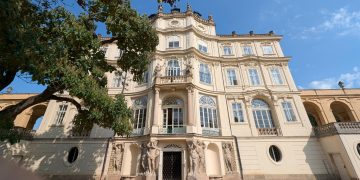
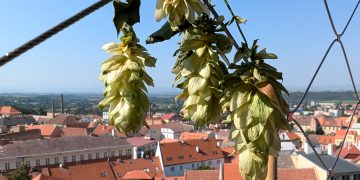

 RECIPES WITH A STORY
RECIPES WITH A STORY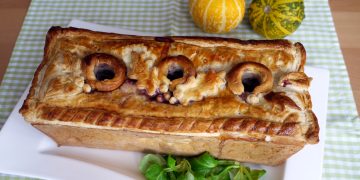
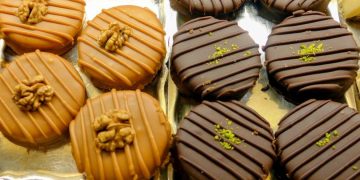


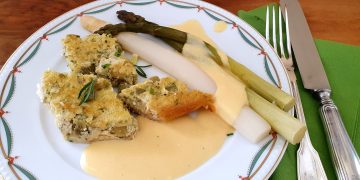
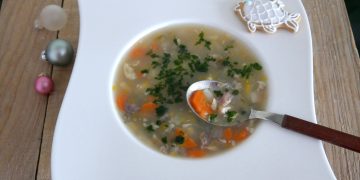

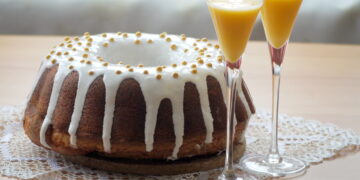


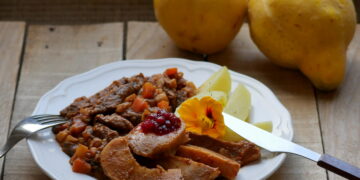
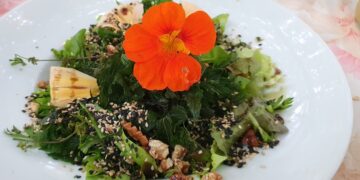
 AUSTRIA-VIENNA
AUSTRIA-VIENNA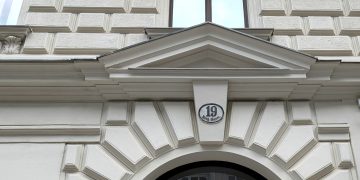
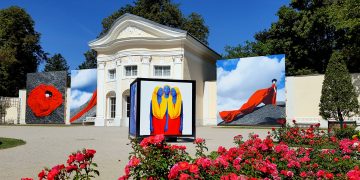

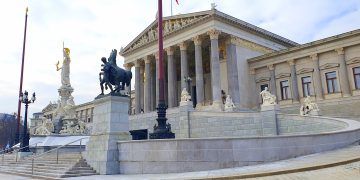
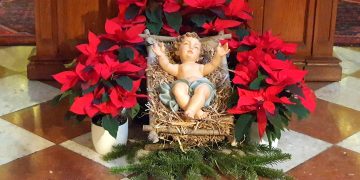

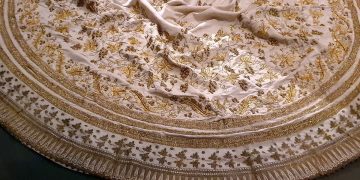

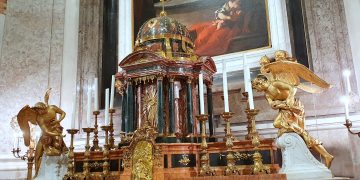

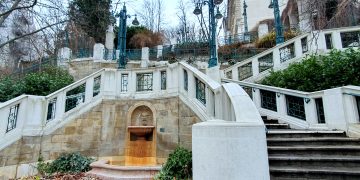

 SLOVAKIA-BRATISLAVA
SLOVAKIA-BRATISLAVA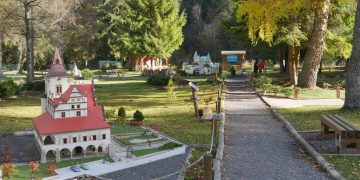
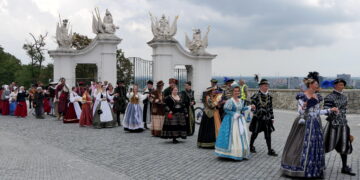

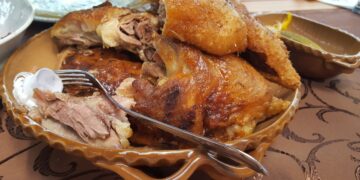
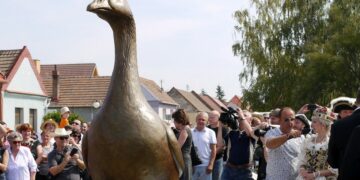
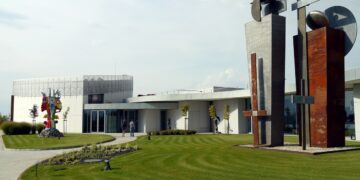
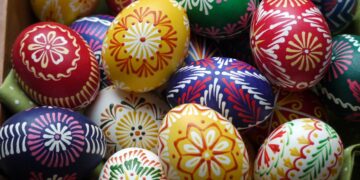
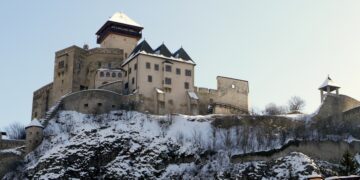
 EVENTS
EVENTS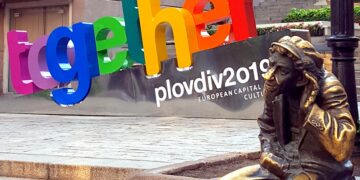
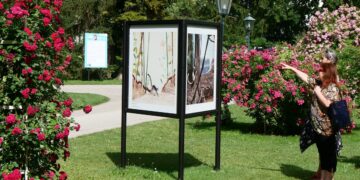

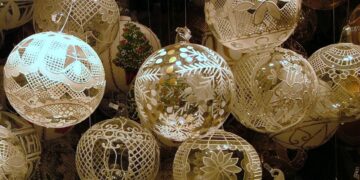
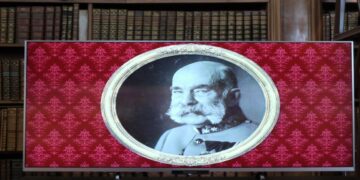
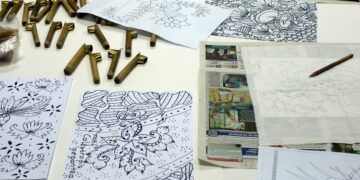
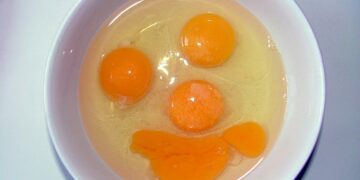

 INTERVIEWS
INTERVIEWS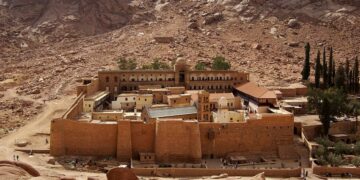

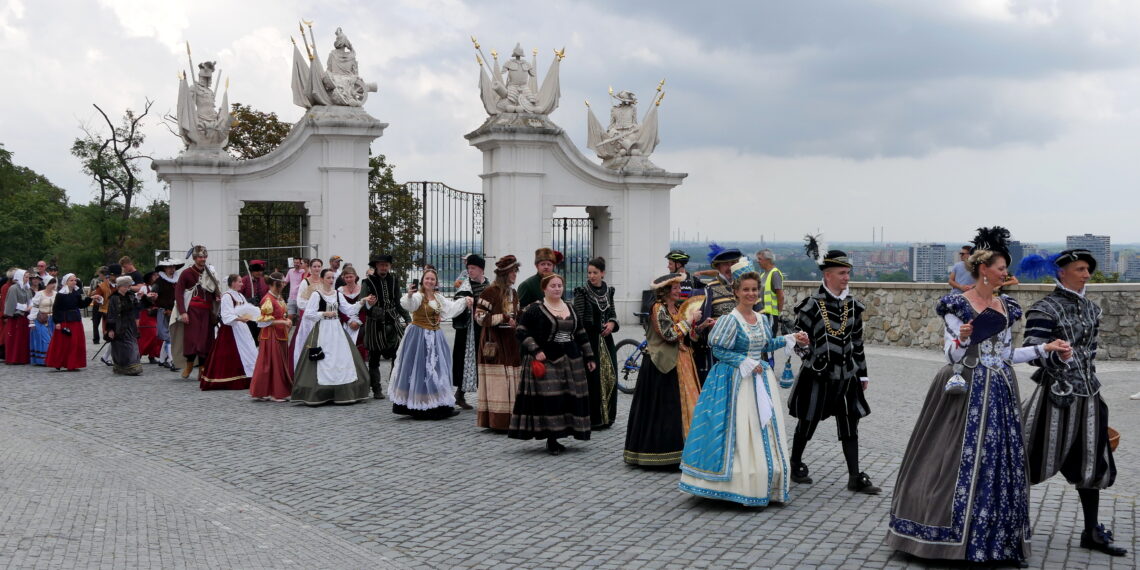





 Baking Bread in Kaprun
Baking Bread in Kaprun Schmittenhöhe – Hiking among Mountain Flowers and Herbs
Schmittenhöhe – Hiking among Mountain Flowers and Herbs

